The basis for life on earth is our atmosphere – a thin film enclosure around our world – without it life is simply impossible. In this sense, everything inside the thin layer is in a state of coalescence. Communities are composed of living and non-living systems, there is no way to tell them apart, we breathe the air of the tree. At the same time, atmospheres are felt: they are our unfiltered first impression of a place. We perceive atmospheres intuitively through our senses - smell, sound, texture and forms. The provocation of these senses is essential in growing legible and vital neighbourhoods.
To understand atmosphere, we suggest we begin with the matter of the ground. The abiotic geology informs the mineral properties of the substrate, where in, living matter grows and becomes itself. On the surface, the dappled shadows of the vegetation block the sun from evaporating the last of a thin dusting of snow. Such delicate, ephemeral moments are millions of years in the making! The essence of a naturebased design must begin with the ground.
The Oslo area is world famous for its geological diversity and unique rock formations, known as the Oslo Graben - intense rifting and volcanism was followed by glacial retreat and erosion which has exposed time itself. Knowingly or not, we encounter this unfathomable space of time through everyday surfaces, textures and even geological monuments themselves, protrude into our everyday rituals.
The parks in Oslo are vital breathing places of nature in the city and represent identity markers for neighbourhoods. The parks are hills or valleys, topographic complexity which defines neighbourhood atmospheres. In other words, the Oslo Graben defines our most important civic spaces.
The built structures of the city are equally influenced. Historically we built our city according to the existing terrain. Oslo’s oldest neighbourhoods show this clearly, with examples like Telthusbakken, Bolteløkka and Kampen. These neighbourhoods are considered our most characteristic, built on their strong relation to the ground and the local terrain.
We will investigate the GROUND as the precursor to developing atmospheric identity in neighbourhoods. We want to exhibit how the ground impacts our experience of the city, with a strong focus on tactility and sensuousness. The aesthetic nature feeling is provoked by the presence of the surfaces, textures and geological monuments, and thereby we become GROUNDED in our neighbourhoods.
As Oslo continues to grow, increased pressure on the ground is certain. We have a growing criticism towards our present relationship with the ground, the flattening and hollowing of the topography - removing context for the promise of certainty.
Once we turn the ground to powder, there is no turning back, millions of years gone in a second, a missed opportunity to construct meaning in our cities.
Our research agenda is to understand the context in which we work and use our sharpened tools to better design a local City Nature. In todays highly generic housing developments, how can we re-discover a basic understanding of the place through its GROUND? How can this perspective help designing site-specific, unique neighbourhoods and thereby emphasising the characteristic diversity of Oslo's neighbourhoods?
We hope to develop a practical method to fight for the ground, to work with complexity, and to reflect the diversity below our feet into meaningful spaces in our neighbourhoods.
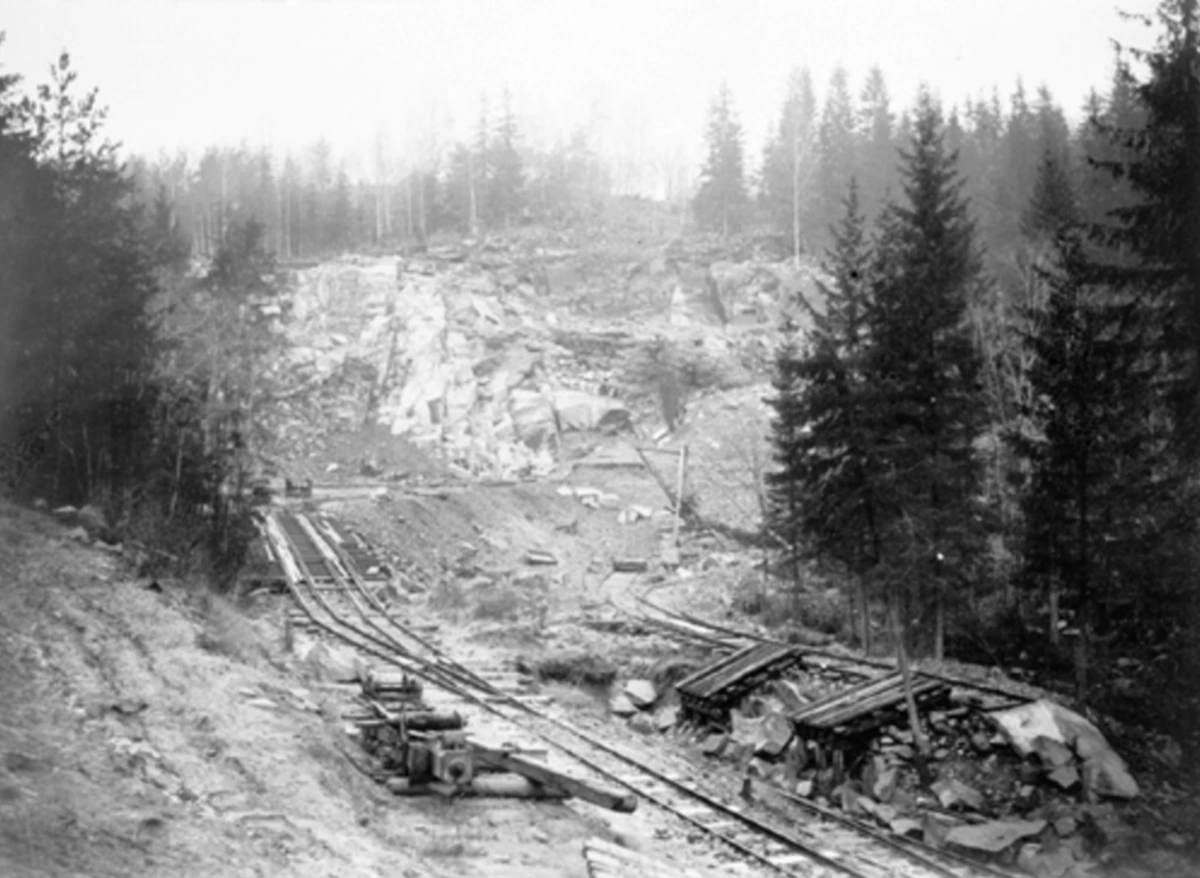
Historical image of local Quarries in Oslo
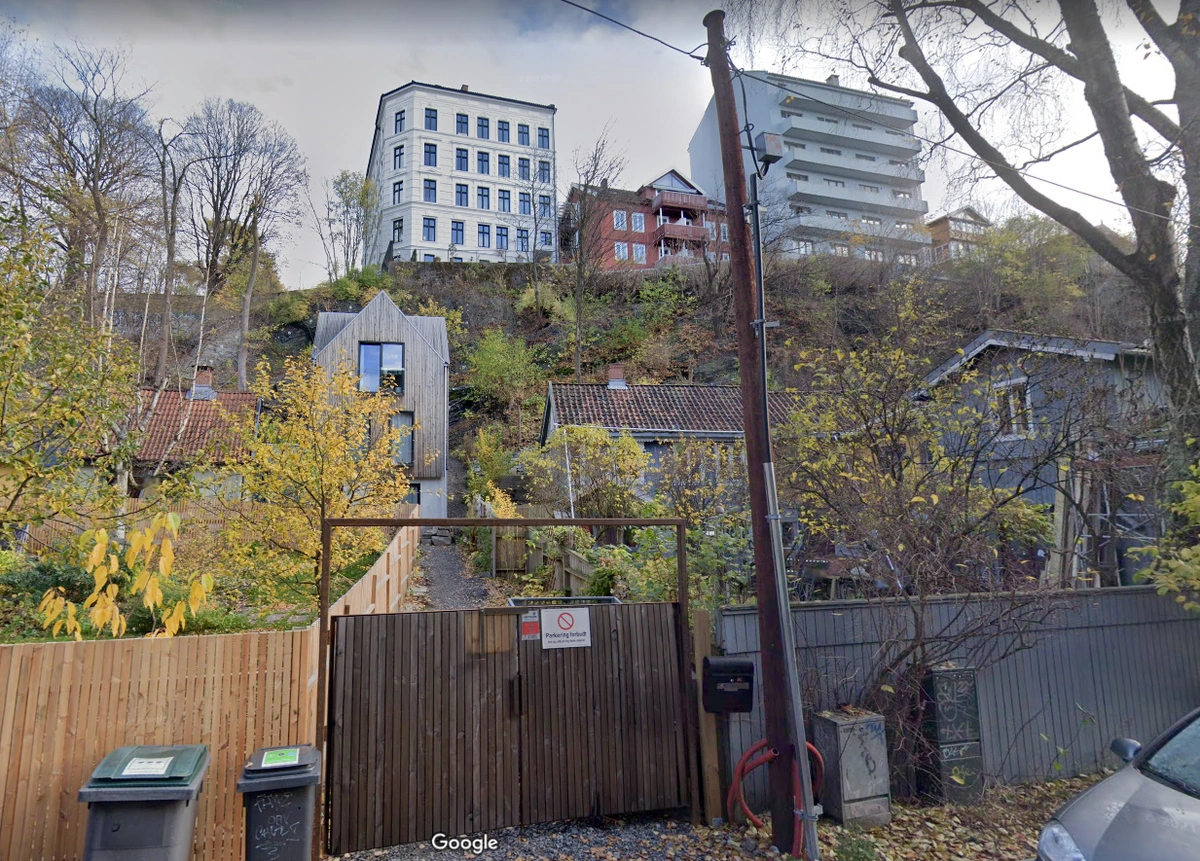
Characteristic ground appearances in the built city
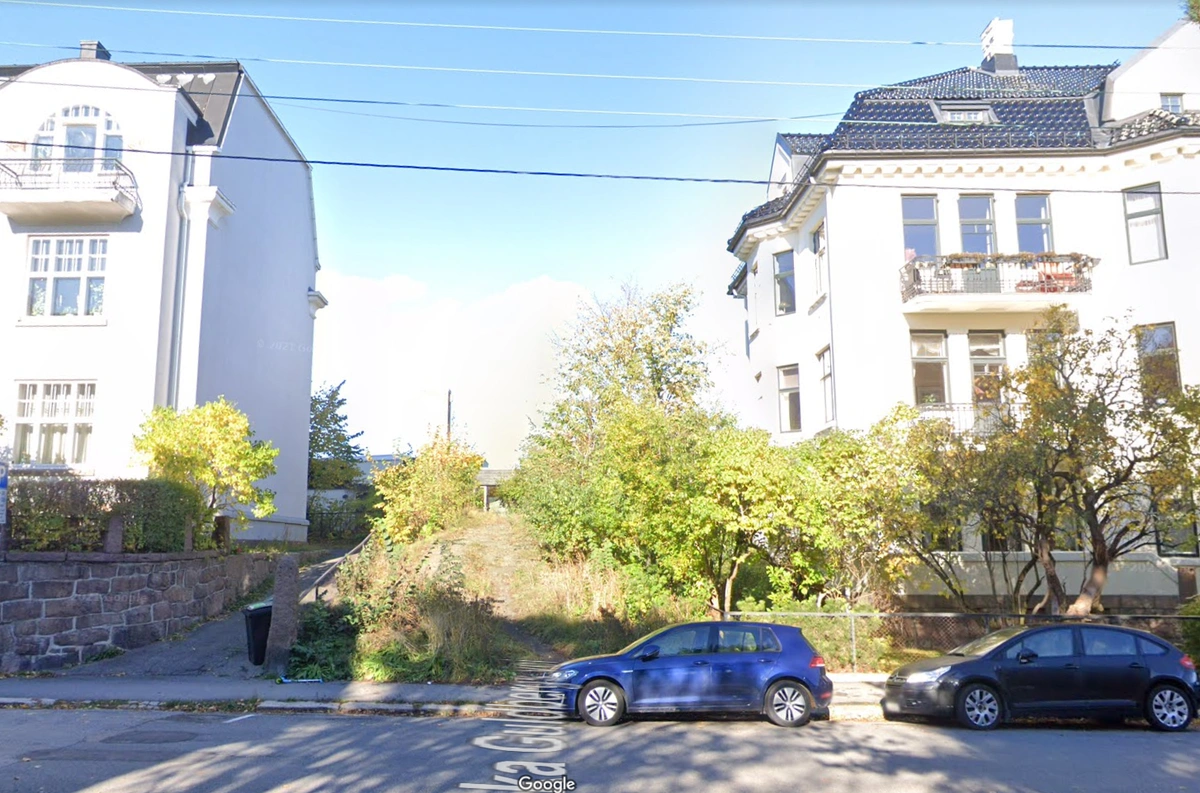
Forest trail between the cityhouses near Anton Schjøtts gate / Idioten
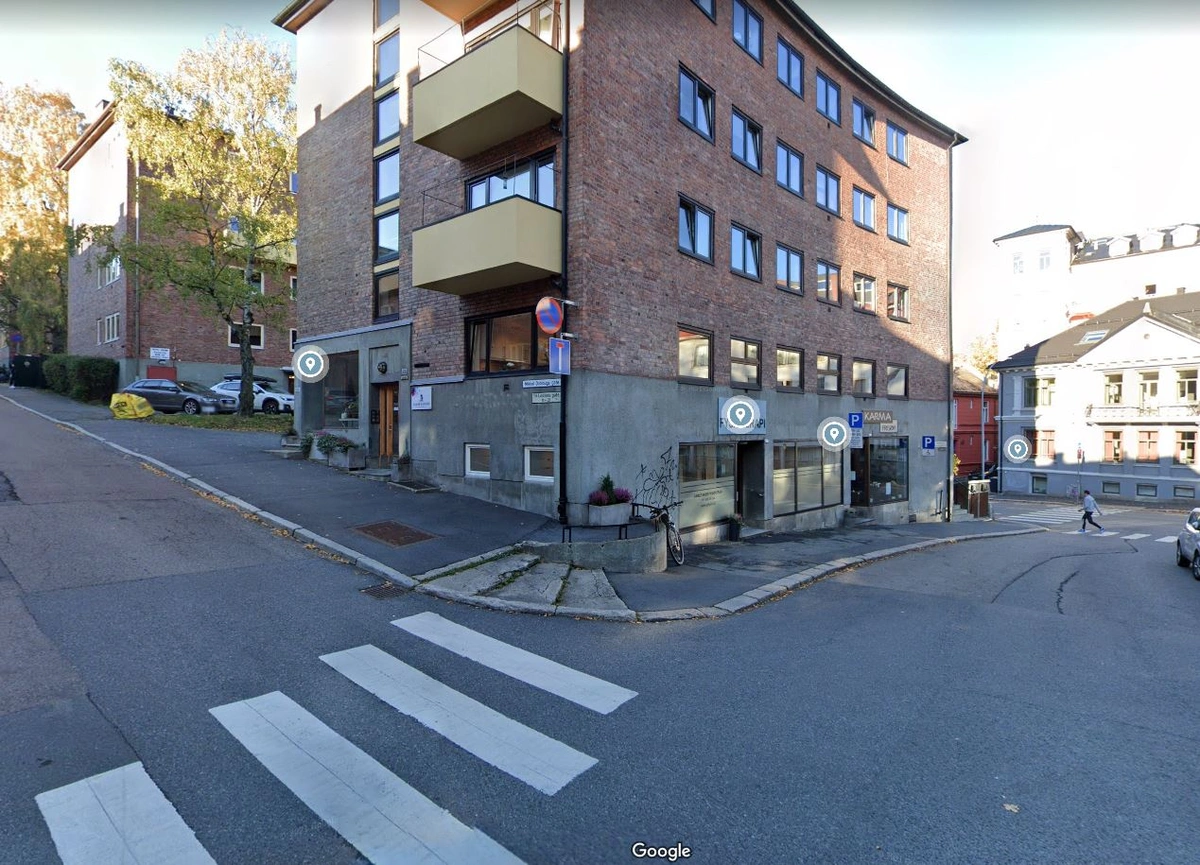
The building adapting to terrain in Mikkel Doblougs gate
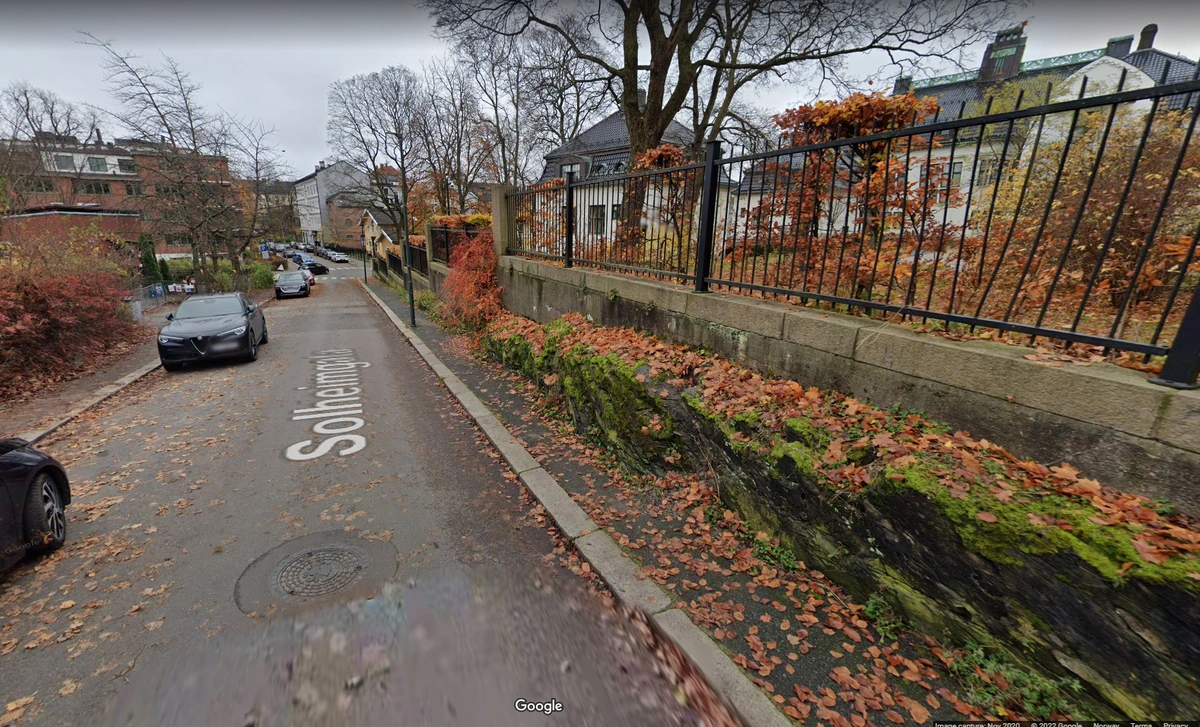
Geological textures present in everyday life.
SLA is a nature-based design studio working globally with cities, nature, places, and people. For 30 years, we have designed some of the most notable public spaces and masterplans in the world.
Our work spans from award-winning climate adaptation projects in Copenhagen, the green-blue transformation of Denmark’s largest social housing estate in Aarhus, and the design of Norway’s New Government Quarter in Oslo, to urban biodiversity parks in Abu Dhabi, large-scale masterplans in Toronto, and urban plazas in Shanghai.
Everywhere our ambition and mission are the same: To design places for life. All life